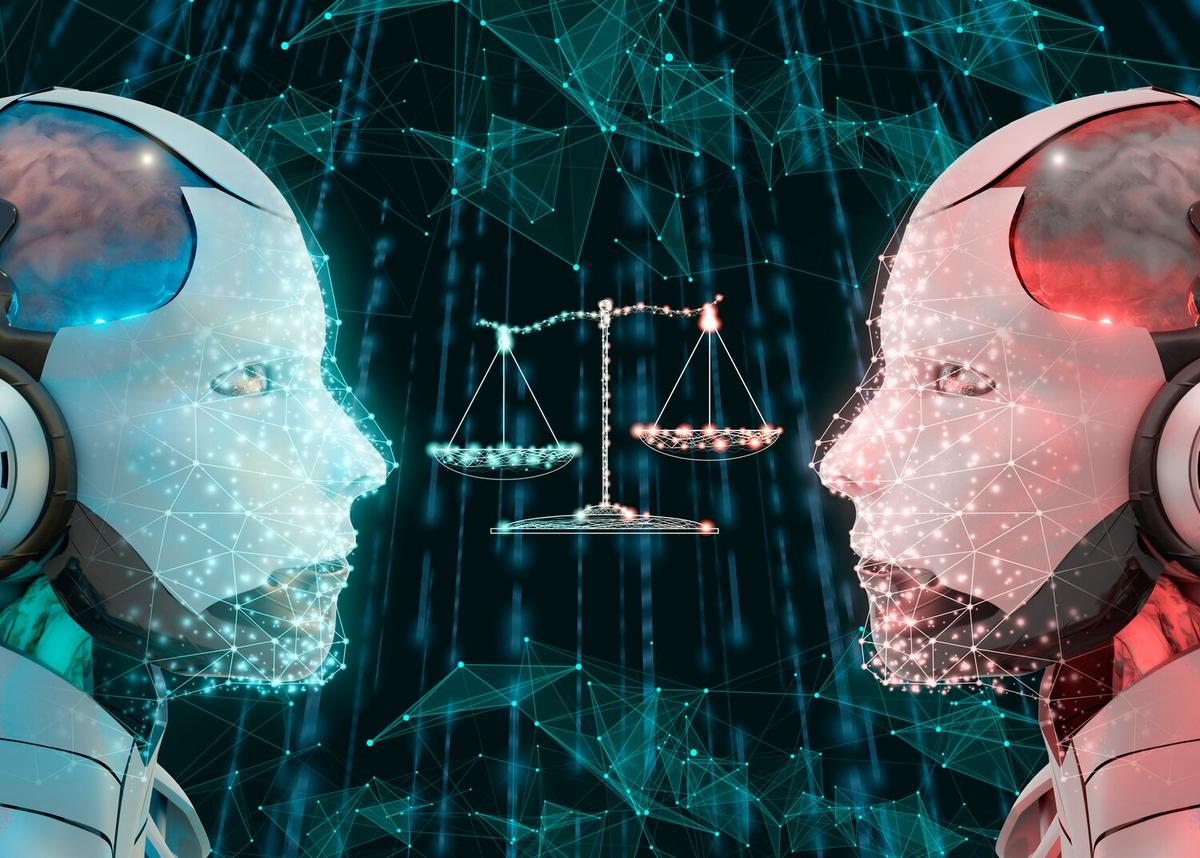
Trends in Natural Language Processing: AI’s Impact on Communication
The rapid evolution of natural language processing (NLP) is transforming the way we communicate, enabling machines to understand and interact with human language more effectively than ever before. This revolution, fueled by advancements in artificial intelligence, is reshaping industries and enhancing our daily interactions with technology.
Understanding Natural Language Processing
Natural Language Processing is a branch of artificial intelligence that focuses on the interaction between computers and humans through natural language. The goal is to enable machines to understand, interpret, and generate human language in a valuable way.
The Impact of NLP on Communication
NLP is making significant strides in various fields, from customer service to healthcare. According to a report by Grand View Research, the global NLP market size is expected to reach USD 91.27 billion by 2030, growing at a CAGR of 41.3%. Such growth indicates the increasing reliance on NLP technologies in facilitating effective communication.
Expert Insights
Dr. Emily Bender, a noted linguistics professor, highlights the importance of understanding the cultural and contextual nuances in language processing. She states, “NLP systems must be designed with a deep understanding of linguistic diversity to truly enhance communication.”
Practical Applications
Consider the scenario of virtual assistants. With NLP, these tools can now comprehend a user’s intent and provide relevant responses, making tasks like scheduling meetings or finding information seamless.
| Application | Industry | Impact |
|---|---|---|
| Chatbots | Customer Service | 24/7 Support |
| Sentiment Analysis | Marketing | Customer Insights |
| Speech Recognition | Healthcare | Improved Patient Interaction |
| Machine Translation | Education | Language Accessibility |
| Text Summarization | Media | Efficient Content Consumption |
| Voice Assistants | Home Automation | Enhanced User Experience |
| Spam Detection | Cybersecurity | Increased Security |
| Recommendation Systems | eCommerce | Personalized Shopping |
Challenges and Considerations
While NLP offers numerous benefits, it also poses challenges, particularly in understanding context and cultural nuances. Continuous improvement in machine learning models is essential to overcome these barriers.
Future of NLP in Communication
The future of NLP promises even deeper integration into our daily lives, with more sophisticated systems that can engage in meaningful conversations. As AI technologies advance, so will the capabilities of NLP, leading to more intuitive and natural interactions with machines.
FAQs on NLP and AI
What is NLP in AI?
NLP, or Natural Language Processing, is a subfield of AI focused on the interaction between computers and humans using natural language.
How does NLP benefit businesses?
NLP helps businesses automate processes, gain insights from data, improve customer service, and enhance user experience.
What are the challenges in NLP?
Challenges include understanding context, cultural nuances, and maintaining data privacy.
Conclusion
As we’ve explored, the impact of NLP on communication is profound and far-reaching. By continuing to innovate and address challenges, NLP will further transform the way we interact with technology, making communication more natural and efficient. Embrace these advancements and consider how they can be leveraged in your field for improved outcomes.


